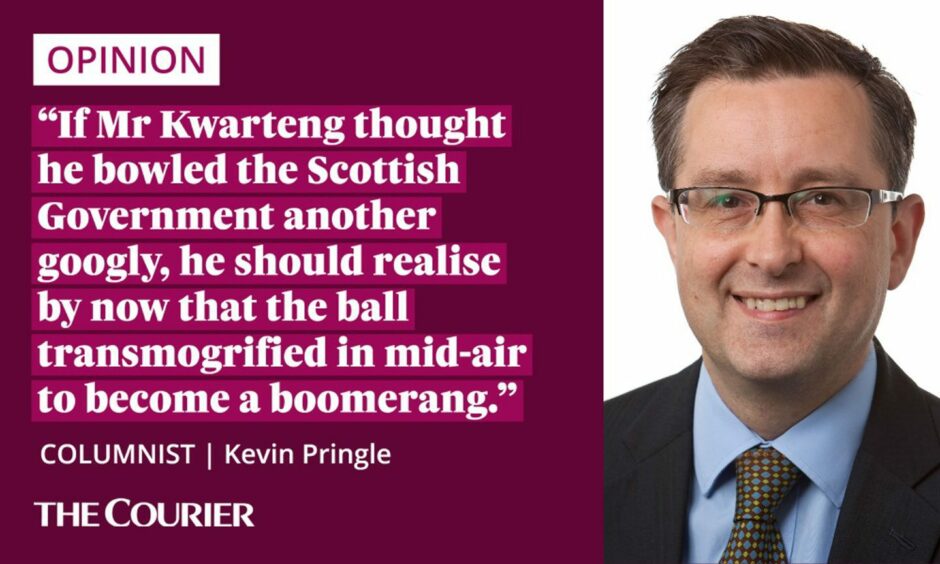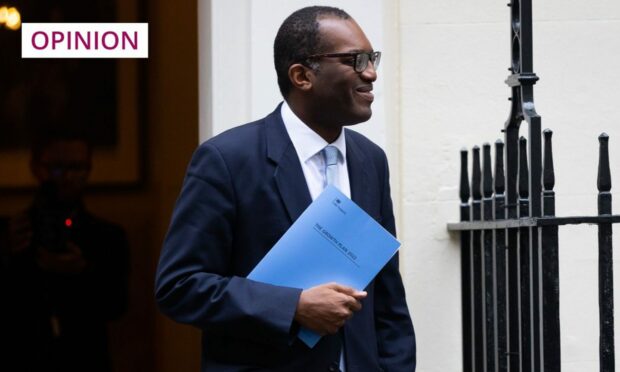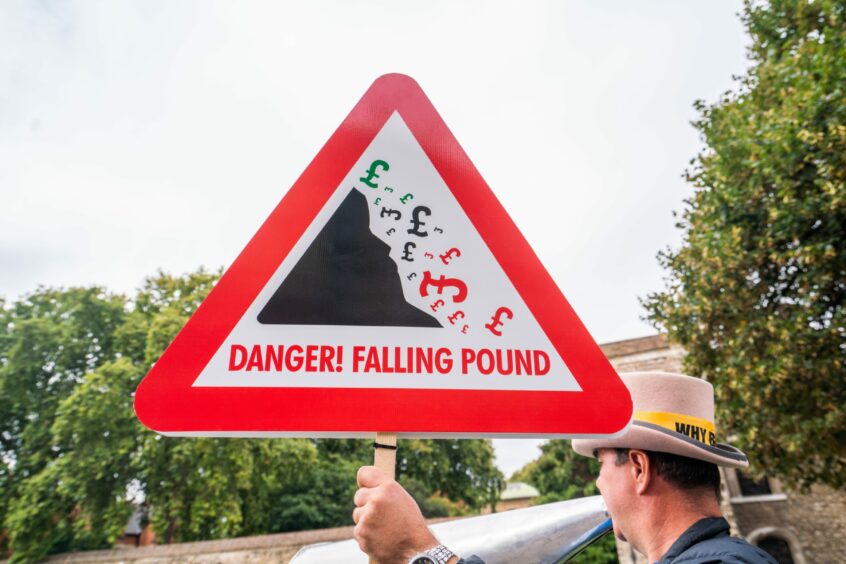In his Budget of March 1999, the then Chancellor of the Exchequer, Gordon Brown, threw the SNP something of a googly in the run-up to the first Scottish Parliament election a couple of months later.
Mind you, with just six SNP MPs in those days, it seems safe to assume they were not the primary focus of his attention.
Mr Brown announced a cut in the basic rate of income tax from 23p in the pound to 22p, which created an intriguing issue for the SNP.
Scotland’s new parliament would have the ability to vary income tax at the basic rate up or down by 3p, which meant the SNP could pledge to contest the election on a policy of foregoing the tax cut in Scotland and spending the money on public services instead.
As a party official at the time, I recall having dinner on the evening of Budget day with colleagues, including Michael Russell who was SNP chief executive.
We sketched out on a napkin the case for what became known as a “Penny for Scotland”: a 1p tax to boost investment in health, education and housing.

The SNP went on to lose the election, albeit securing the platform of main opposition party from which government was achieved eight years later.
Have Tory tax tactics backfired in Scotland?
Our “Penny for Scotland” had a bad press throughout the campaign, and was given a decent burial afterwards.
I still think it was the right thing to do. Although – given my role in serving up the idea on a serviette – I would say that.
The policy was not devoid of support. And it helped to build the SNP’s social democratic identity.
And now that the SNP has been elected as Scotland’s government for more than 15 years, the distinctiveness of Scottish politics is on the radar at Westminster in a way that was never the case before.
The current Chancellor, Kwasi Kwarteng, may not have had Nicola Sturgeon’s administration top of mind when announcing his tax-slashing measures last Friday.
Who gains from today's Budget tax-cutting measures? pic.twitter.com/xOAnWQu1Zp
— Ashwin Kumar (@KumarAshwin) September 23, 2022
But the Conservatives certainly believed there was political capital to be made by demanding that the First Minister follow suit in Scotland, now powers over income tax rates and bands are devolved.
However, if Mr Kwarteng thought he bowled the Scottish Government another googly, he should realise by now that the ball transmogrified in mid-air to become a boomerang.
A YouGov poll published on Monday showed 72% of voters across the UK are opposed to his decision to scrap the 45p rate of income tax for earnings of more than £150,000, including 69% of those who backed the Conservatives at the last general election.
Scotland must use tax powers to decide cuts
In Scotland the top rate is 46p, and Scottish Government ministers are under no pressure whatsoever to use Holyrood’s tax powers to replicate Mr Kwarteng’s wildly unpopular and ill-conceived policy.
Scotland’s NHS should have first call on these pennies.
It is worth recalling it was a Conservative government that transferred current income tax powers to the Scottish Parliament, based on the recommendations of the all-party Smith Commission in the aftermath of the independence referendum.
And there is a logical flaw in devolving the means to have different income tax in Scotland, while insisting that Holyrood copies policy set at Westminster.
The Treasury calculates that the tax cuts which apply elsewhere in the UK – including reducing the basic rate of income tax by a penny – will see the Scottish Government receive more than £600 million during the present three-year spending review period.
While prioritising public services and keeping the 20p basic rate, one option could be to expand Scotland’s existing 19p starter rate of income tax.
Whatever is done, it is Scotland’s decision to make.












Conversation